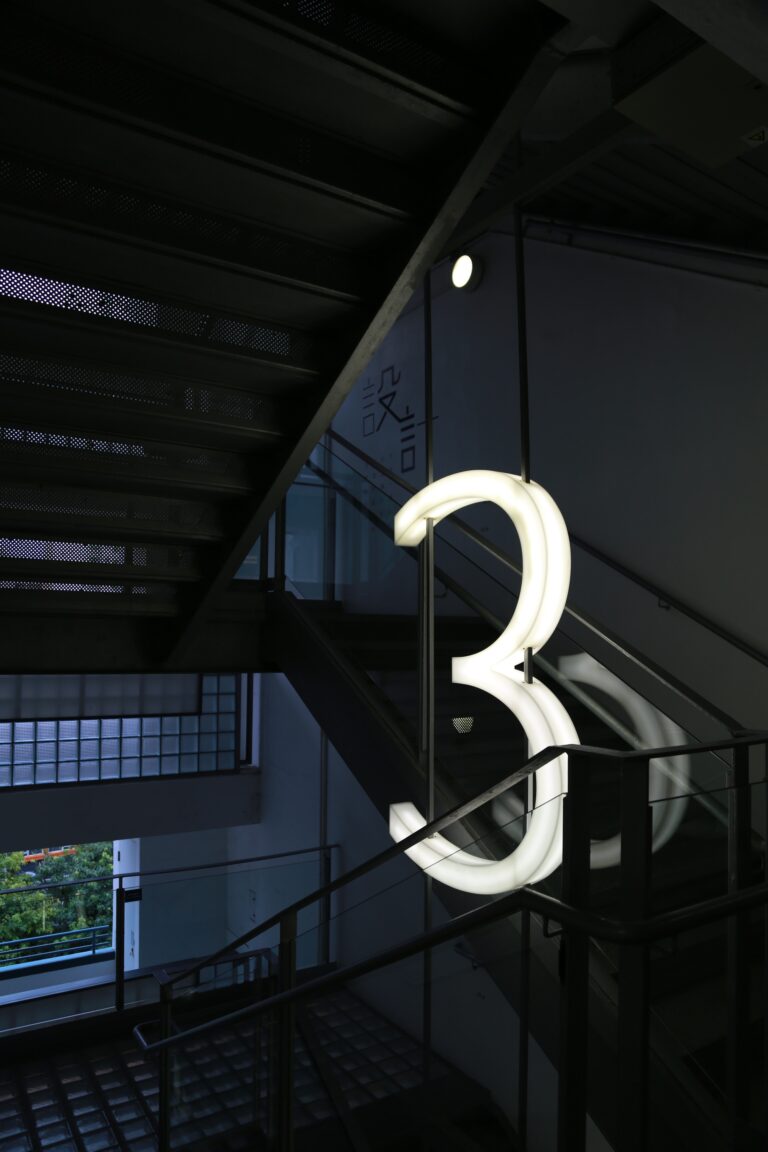
Organizations and Change
Many times I have been a part of organizations that embrace change. Or so they make you think. First, there will be the signature collective rally around the proposed change. Then, it becomes a constant buzz and hum around the floor. Some people are openly thrilled about the anticipated results. Others are wary that they will have to adjust their set ways.
Eventually, the big day comes, and the change rolls out. New pamphlets, signs, newsletters, mandatory meetings, and training sessions fill the next few weeks, ensuring that everyone is up to speed. During this time, the employees usually have the opportunity to share their perspectives and thoughts about what’s occurring. But, that doesn’t always happen as everyone is swept up in the big change.
Then another couple of weeks go by, and before you know it, the hum has died down to a memory. Thus, normal work patterns and habits resume. No one even takes notice of the new posters on the wall. And aside from subtle reminders from a manager or HR rep here and there, no one speaks of the big change anymore. Replace a big change with an organization’s procedural or process update, and I think you will relate to this.
This all-too-relatable tale is typical in every organization and what it boils down to is the lack of sustainability when it comes to change.
Awareness
There are three key steps to sustainable change. The first step is where many organizations succeed. You have to recognize the need for change first and foremost. Next, the organization must be aware that a hole or gap is causing the problem. Typically, this step is the easiest because it makes itself glaringly apparent. However, a big problem area within an organization is not typically too hard to spot.
If you have read anything I’ve previously written, you know that I am a huge advocate for listening to your employees. Listening is one of the best ways to diagnose problems within your organization. Whatever problems you may have, even if you are aware of the issue but unsure of the origin, I assure you that somewhere within the ranks, your employees know what the root cause is and have discussed it among themselves.
Desire
The second step to sustainable change is having the desire to change. I’m sure you’ve realized within your organizations that implementing the solution to the problem is a lot harder than it should be. Some things are better left untouched at the moment. But add up those small moments for the year, five years, ten years, and we’re talking hundreds of thousands of dollars in labor, productivity, or material costs, all because you lacked the desire to implement change.
Many worry about company pushback. “We’ve done it this way for x number of years, and it’s worked just fine. Why change now?” The best thing you can do in these situations is to communicate. People are more receptive than you think. Especially when they are welcomed to the discussion because their opinion is valued. Think about how your team might respond if you posit the change to them in detail and ask their opinion. Tell them what the cost-benefit analysis of the change is. What it will save them and the organization in the long run. Let them know that their wellbeing through the change process matters to the organization as a top priority.
Stamina
Many of you who have been through less than ideal change processes could probably say that it felt like a long and tedious race after the fact. And that’s just it! Successful and sustainable change takes longer than a week or two. A new habit takes months to establish. Likewise, an organization-wide change will take time and lots of it. Therefore, just as you would train for a long and arduous race, like a marathon or an iron man, you must prepare for the change. Practice endurance. Go to work every day with the desire to repeat the actions that will make the change take root.
I often see organizations engage with their employees in a series of listening sessions or focus groups. Many listen well before the change occurs and gather as much input as they can. And then what? Listening is not the end goal. Knowing the change you want and having conversations about it will not have any lasting impact on your organization. So don’t just assume that listening will solve the problem.
The Path to Sustainable Change
Now that you know the three steps to sustainable change, I urge you to move forward carefully and meticulously. Pay attention to the details of each step. Don’t betray your employees by hearing them out and doing nothing about it. Believing in change is part of the equation too. I believe in you and your organization’s ability to achieve sustainable change, do you?